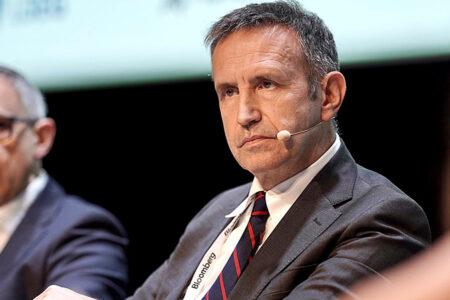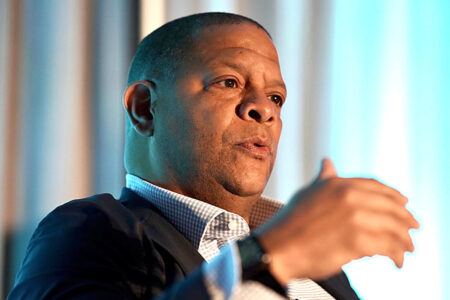Pricing data from automated trading systems is inspiring less confidence during current volatility. This uncertainty stalking the market is shifting perceptions of high touch and low touch areas of the market.

That was the view of Jatin Vara, head of international trading and global head of emerging markets trading, BlackRock, addressing a ‘view on liquidity’ panel at the Fixed Income Leaders Summit (FILS), being held in Nice, France.
“The definition of high touch and low touch has changed. The rules are being rewritten,” said Vara.
“The breadth of liquidity has become more concentrated, and shifted towards the high touch function. That’s a new normal. I’m not talking about pandemic, I’m talking purely about volatility,” he said.

There were words of agreement from Umberto Menconi, head of digital markets structures, Market Hub, Intesa Sanpaolo.
“We’re seeing a more flexible approach and a more tactical approach between low touch and high touch. That has been changing, especially from July, as a result of shifts in monetary policy,” Menconi said.
Shaken confidence in low touch complicates the technological drive towards greater automation, allowing resources to be deployed towards more labour-intensive business.
“Moving from high touch to low touch means we can spend more time on the trades that are harder to price and process,” said Odin Costa, fixed income trader, Dimensional.
The liquidity panel posed the question of how to overcome fragmentation across fixed income products to provide a consolidated market view towards best execution
Menconi said buyers with retail investor clients in particular wanted to reduce complexity as well as operational risk whenever possible.
“They’re looking for single entry points and for straight through processing to facilitate their execution strategies. It’s important for them to have a one-stop-shop, and also for markets to provide a flexible approach to high-touch and low-touch business,” he said.
Finding liquidity
A later panel focused on data challenges, asking how fragmented data sources can be better aggregated, to gain a better view, improve decisions and best execution.
“Technology and data don’t create liquidity, they just help you find it,” said Michele Nicoletta, vice president, fixed income corporate development, ICE.
Clients are constrained by budget, looking for full-service offerings and efficiency savings from existing platforms and vendors.
“You get what you pay for, and of course there are upfront costs,” Nicoletta said. “However, there are implicit cost savings of having the right pre trade data insights so you’re executing more efficiently.”
Clients face challenges of turning historical transaction data into more useful pre-trade pricing intelligence, rather than just post-trade analytics after the fact.
“We’re trying to marry that virtuous circle of post-trade into pre-trade. Post trade analysis is useful but they need that information in real-time. We need to embed it within pre-trade processes,” said Nicoletta.
Transparency trade-offs
Benefits of transparency have been widely recognised in the 20 years since FINRA’s Trade Reporting and Compliance Engine (TRACE) first came online, now a common input into algorithm trading platforms. Panellists were generally positive about the trend to greater transparency, under the spotlight amid present market volatility.
“How can we not be in favour of increased transparency,” said Lars Salmon, head of fixed income trading, EMEA, Fidelity. “Of course there are availability and cost questions, and an inherent conflict on the level of protection needed around deferrals.
“We need a good compromise to provide something that can be considered a live take, rather than getting key data six weeks later. It’s never straightforward and will continue to be discussed,” he added.

Dwayne Middleton, global head of fixed income trading, T. Rowe Price, addressed the problem of how to manage an absence of data in less liquid markets, more manually traded markets, such as securitised credit.
“Those markets have more fragmented information, in which no broker-dealer dominates in terms of market share,” said Middleton
“It’s important to capture the history of a trade, but you may be the only holder of capital for part of that structure – that remains challenging,” he added.
©Markets Media Europe 2022
©Markets Media Europe 2025












